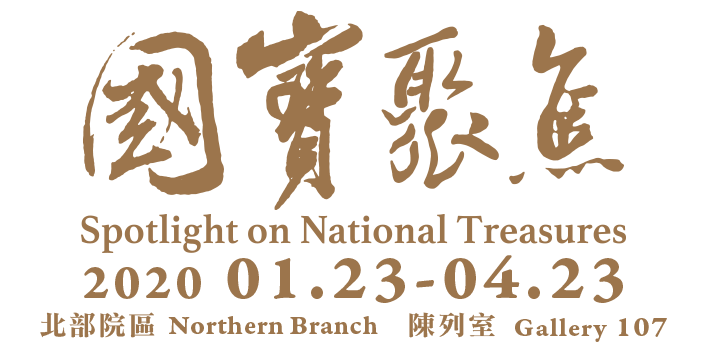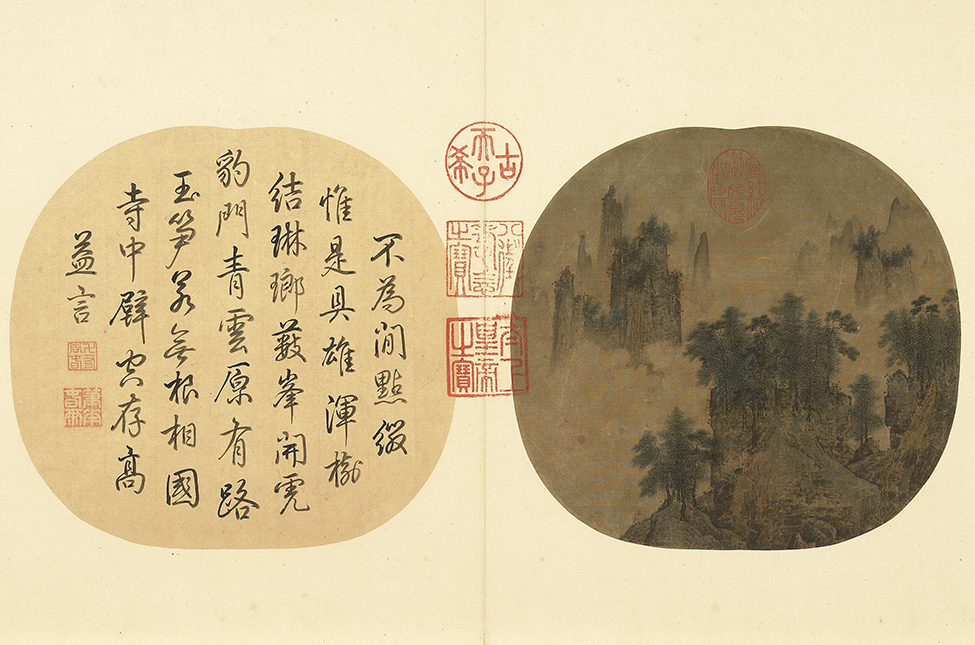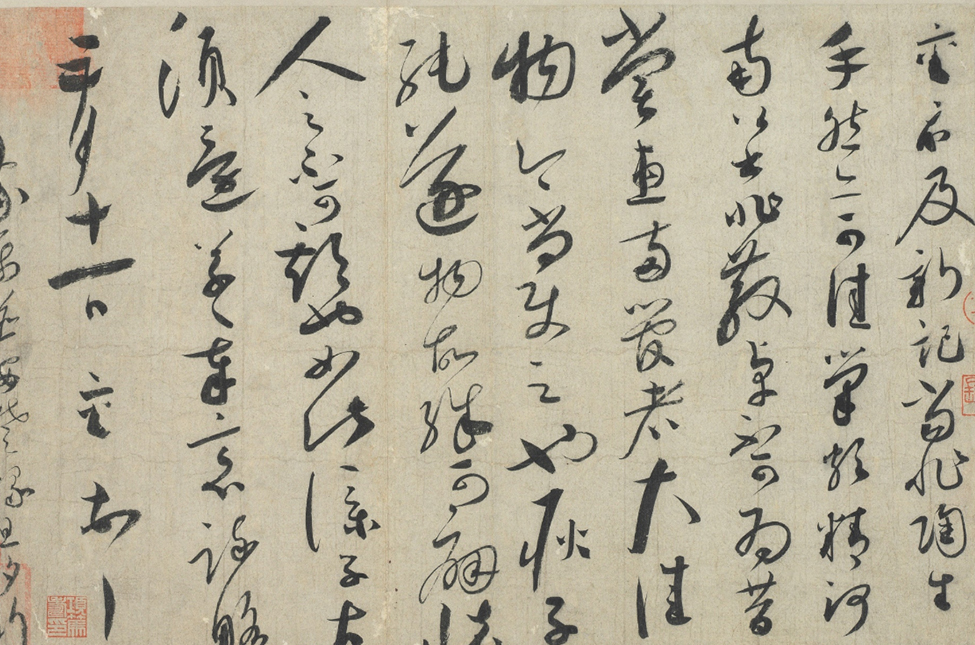Introduction
The works of painting and calligraphy in the National Palace Museum collection are categorized into three levels based on their artistic and other merits. Starting with the most important, these works are "National Treasures," "Significant Historic Artifacts (Significant Antiquities)," and "General Historic Artifacts (General Antiquities)." Since 2008, the Review Committee for Historic Artifacts at the Council for Cultural Affairs (predecessor of the Ministry of Culture) has worked in conjunction with the painting and calligraphy exhibitions at the National Palace Museum to conduct relevant inspections and written reports of the display items. Confirming the works ranked as "National Treasures" and "Significant Historic Artifacts," the results are thereafter made public. Consequently, the number of "National Treasures" has grown considerably over the years, the ones at the National Palace Museum far surpassing those at other institutions in Taiwan.
To present these findings and to promote further knowledge about the ranking of artworks at the National Palace Museum, Gallery 107 at its Main Building in Taipei is being set aside for special exhibitions of "Spotlight on National Treasures." In each rotation, two works of painting or calligraphy ranked as "National Treasures" are placed on display for approximately three months and changed at regular intervals. Should a work belong to the Museum category for "restricted display," however, the viewing period is limited to no more than 42 days.
All of these "national treasures" placed on display are exceptionally important works in the history of Chinese art. The goal of this spotlight exhibit on famous artworks is to promote a better understanding of painting and calligraphy with "National Treasure" status for visitors. In doing so, it hopefully reinforces the importance of conserving cultural heritage for the appreciation by future generations.
Selections
-
Strange Peaks and Myriad Trees
- Yan Wengui (967-1044), Song dynasty
- Album leaf, ink and colors on silk, 24.5 x 26 cm
- Verified and declared by the Ministry of Culture in April 2011 as a National Treasure
This painting depicts the scenery of high mountains with distant peaks that appear above clouds and a rising foreground enveloped in the mist. The three groups of mountain forms skillfully echo each other, and the blank areas of clouds and mist highlight them further. Despite the small size of the painting, it nonetheless gives the effect of a broad and vast vista. The faceting of the rocks in particular was created using many texture strokes and added washes that form the surface texture, the brushwork here similar to that of Li Tang (ca. 1070-after 1150). It would thus stylistically make this work a transitional piece between Li Tang’s "Wind in Pines Among a Myriad Valleys" and "Intimate Scenery of River and Mountains," which are also in the National Palace Museum collection. This album leaf bears neither seal nor signature of the artist, the traditional label giving the present title and attribution to Yan Wengui. However, stylistic comparison shows it to be unrelated to Yan, a court painter active in the Northern Song period. Rather, it is judged to probably be a fine work of the early Southern Song dynasty (1127-1279) influenced by Li Tang.
-
Letter ("Taosheng")
- Cai Xiang (1012-1067), Song dynasty
- Album leaf, ink on paper, 29.8 x 50.8 cm
- Verified and declared by the Ministry of Culture in April 2012 as a National Treasure
Cai Xiang (style name Junmo) was a native of Xianyu in Fujian. In his practice of calligraphy, he studied the styles of the Tang dynasty masters Yu Shinan (558-638) and Yan Zhenqing (709-785) while also tracing back to and combining them with the virtues of earlier Jin dynasty calligraphers. There is much variation to the thickness of the brushstrokes in this letter, the edges of the lines sharp and clear with the end of the strokes revealing the centered brush. It suggests that the tip was short and thick with stiff hairs in the middle, similar to the famous "Brush of Leisurely Eminence" mentioned in records. At first, chipmunk tail hairs were twisted together to make this kind of brush. Later, after Mei Yaochen introduced the use of hamster whiskers, this type of brush became popular with such literati as Du Yan (978-1057) and Cai Xiang. The "leisurely eminence" mentioned in the text as a "great object" probably refers to this hamster-whisker "Brush of Leisurely Eminence." Indeed, a fine brush was used to write on this piece of high-quality paper decorated with pressed scrolling designs of flowers and vegetation. Along with the unparalleled calligraphy, the attention paid to this letter shows how much emphasis Northern Song scholars placed on their writing materials.
Exhibit List
| Title | Artist | Period |
|---|---|---|
| Strange Peaks and Myriad Trees | Yan Wengui (967-1044) | Song dynasty |
| Letter ("Taosheng") | Cai Xiang (1012-1067) | Song dynasty |





